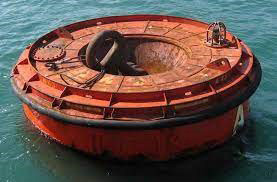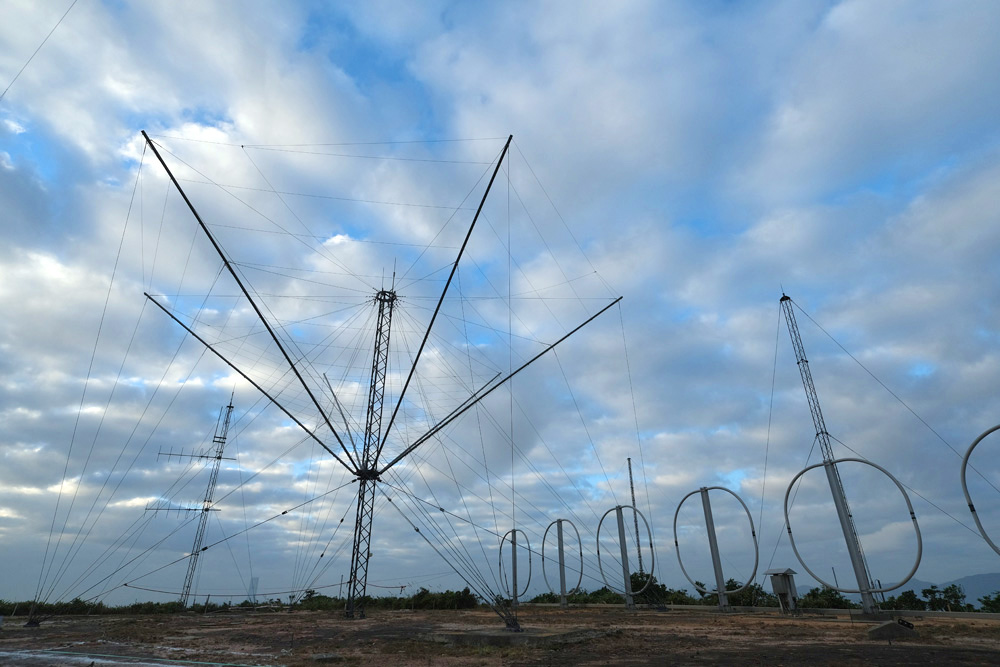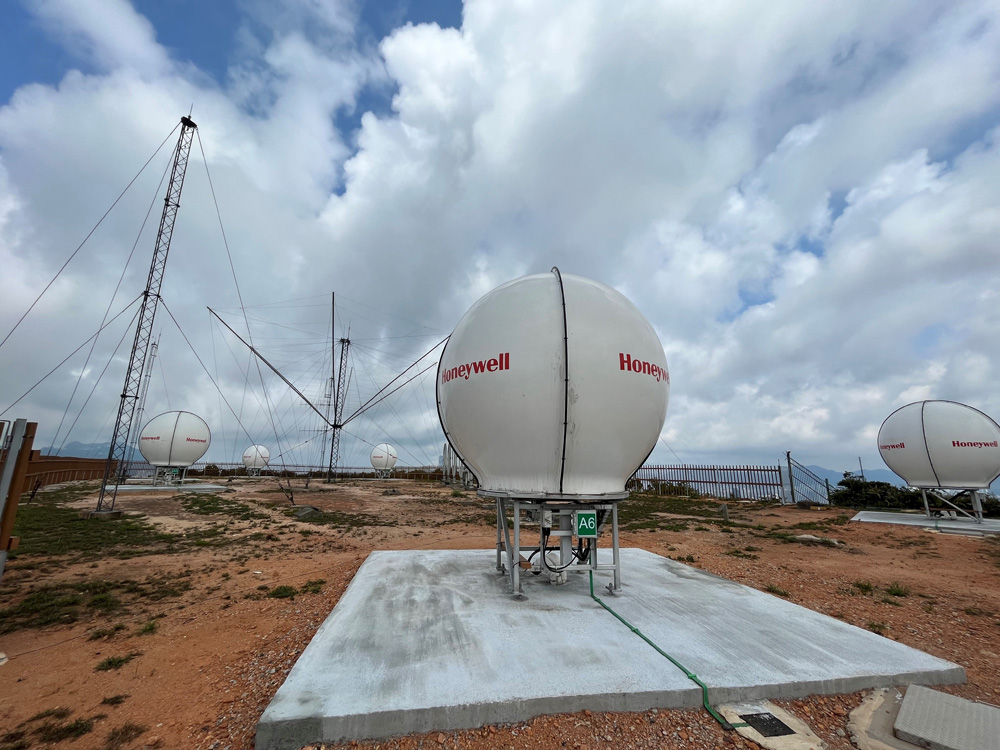Apart from berthing at the terminal for cargo operations, bunkering, replenishing stores, etc., ships will occasionally drop anchor or moor to buoys to perform the same tasks.
In order to maintain the efficient operation of the harbour while ensuring the safety of navigation of other vessels, port facilities are provided within Hong Kong waters e.g. anchorages for ships to anchor and government mooring buoys for vessels to moor.
There are 27 anchorages, 11 'A' class and 4 'B' class government mooring buoys in Hong Kong waters. 'A' class mooring buoys are suitable for vessels of a length not exceeding 183 metres and 'B' class mooring buoys are for vessels not exceeding 137 metres.
Today, in the age of advances in communication technology, communication between vessels and shore has become more convenient and reliable than before. The Hong Kong Maritime Rescue Coordination is equipped with different systems to communicate with vessels at sea and to monitor distress signals sent out by them.
Satellite communication plays an important role in modern maritime communication. COSPAS-SARSAT, an international satellite system for search and rescue, is used to receive distress signals emitted from vessels' Emergency Position Indicating Radio Beacon (EPIRB). With the aids of COSPAS-SARSAT, pinpointing a distress signal becomes possible. Hong Kong is one of the few participants around the globe that have its own ground receiving stations installed. It signifies the capability of and support from Hong Kong in the field of maritime search and rescue.



